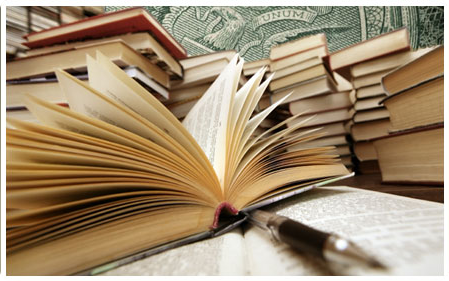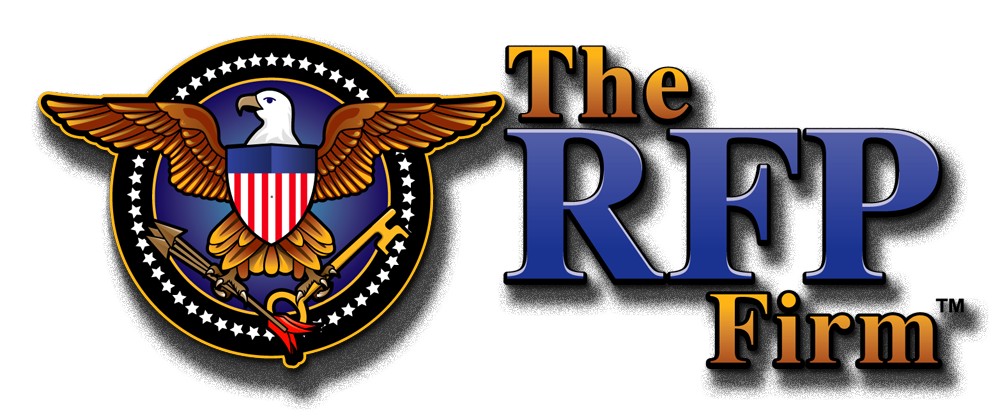Blog
Government & Commercial Proposal Writing Services
 The RFP Firm is expert at writing proposals in Response to Federal and State Government RFP Solicitations that will give you a Competitive Advantage over your competition.
The RFP Firm is expert at writing proposals in Response to Federal and State Government RFP Solicitations that will give you a Competitive Advantage over your competition.


Proposal Writing Services , RFP Proposal Consulting, Government RFP writing
Government RFP Proposal Writing Services
Government & Commercial Proposal Writing Services
 The RFP Firm is expert at writing proposals in Response to Federal and State Government RFP Solicitations that will give you a Competitive Advantage over your competition.
The RFP Firm is expert at writing proposals in Response to Federal and State Government RFP Solicitations that will give you a Competitive Advantage over your competition.

Understanding How to Format a Proposal
Putting together proposal that effectively sells your services to a client is an important step in the proposal writing process, however it still needs to look great and often requires mastery of the proposal writing format. Formatting a proposal can be intimidating, there are many different design tools, word processing programs, aesthetics, and printing options. Proposal consultants at The RFP Firm understand how State and Federal Government evaluation teams review proposals and know the best way to format your proposal to increase probability of contract award. This article is designed to provide a basic outline of proposal formatting techniques that can strengthen your proposal when used thoughtfully and strategically.
Understanding Government Proposal Evaluation Teams
Before you can understand how to format a winning proposal, you need to understand how the Government’s evaluation team will judge your proposal. It’s nearly guaranteed that the initial review of your proposal document will be speed read. The evaluation team will be looking to quickly understand your organizations services, capabilities, budget or costs, and other important details. Hopefully at some point in the consideration of your proposal, it will actually be read thoroughly. But in order to make it to that stage, your proposal document must support speed reading. The format of your proposal should provide for easy identification of key details and evaluation criteria. The RFP Firm proposal consultants are familiar with the style Government evaluation teams prefer.
High Quality Title Page
The format of a title page is flexible in proposal writing, many RFP solicitation do not specify any criteria for a title page other than simply containing the solicitation number, RFP title, and your organizations information. Because of this, the design and format of your proposal’s title page can be anything, as long as it maintains professionalism, legibility, and that it remains appropriate for the industry and government organization putting out the solicitation. Proposal documents are often called: “Proposal for XYZ Government Agency.” This does nothing to highlight the benefits your organization is offering to the client, and it can even be boring. Thus, many organizations miss out on the opportunity to immediately sell your proposal based on the general appearance of the title page, and the title itself.
Table of Contents and Headings
Speed reading through a document is much easier with a table of contents. This table consists of each heading and subheading throughout the proposal, along with their associated page number. Every distinct topic in your proposal should have its own section with headings and subheadings. Readers can become easily overwhelmed if a cluttered wall of text is just laid out in front of them. Breaking the text out into small paragraphs and outlined sections enables your readers on the evaluation team to visually digest your document much more easily. Section titles are another opportunity, the way each heading or subheading is worded does not always need to be a simple description. Headings and subheadings can also be persuasive and help to compound the overall impact your proposal has on the reader.
Negative Space
It is important to maintain an amount of negative space in your proposal writing format as it gives the document an accessible and modern appearance. Not to mention gives the reader places to take a breath and rest their eyes. Keeping consistent spacing and formatting can help to achieve this in many ways. Maintaining margins outlined in the RFP, along with breaking up large paragraphs into smaller ones and additional space between paragraphs or sections can be very effective.
Tables and Lists
It is crucial that important or bulky information is presented to the evaluation team concisely, often achieved through the use of tables, lists, or figures. These formats naturally draw the eyes of the reader as they are easy to recognize and evaluate. Plus, their separation from paragraph format can add visual importance to that information. Detailing costs of services at various levels could be very overwhelming in paragraph format, however when put into a table with clear headings, rows, and columns that information can be much more quickly and easily accessed by the reader. The same goes for lists, if you were to list out the various responsibilities of your management team in paragraph format, it would be difficult to digest, but when put into a simple bulleted list outlining each manager’s name, title, and responsibilities it becomes easier to read, remember, and reference.
Proposal Formatting Specifications
Usually State or Federal Government agencies provide very particular formatting specifications. Many proposals must be submitted with specific sections in direct response to RFP sections. Government RFPs often provide document length, font size and font type instructions, some are much stricter than others, for example usually Federal RFP formatting specifications differ from State specifications, which can differ State to State or even County to County. Regardless of the directions of the RFP you are bidding on, they must be followed to a T in order to prevent early disqualification.
Visual Appeal and Graphics
Despite strict specifications there is often flexibility when it comes to the overall proposal aesthetic, as long as it meets certain qualities and maintains a professional proposal writing format. Your proposal document should look and feel complete. The design of the document needs to be appealing and encourage the readers on the evaluation team to continue considering your proposal for award. Images and graphics should be inserted only when they enhance the bid, and never distract the reader from the core content. Many organizations strive for standardization as well, if they maintain a consistent proposal writing format over multiple proposals they are submitting then their name, aesthetic, and professionalism becomes much more recognizable. However, templates should be sited with caution, every proposal is unique, and this is the very reason why proposal consultants at The RFP Firm make a custom template for each and every proposal they work on. This ensures that every aspect is compliant with the solicitations format specifications, along with maintaining brand consistency and that all the content is laid out in an easily digested format.
Conclusion
Seeking out the help of experienced and professional proposal writing consultants like those at The RFP Firm ensures a consistent and high-quality proposal writing format, along with raising probability of contract award.